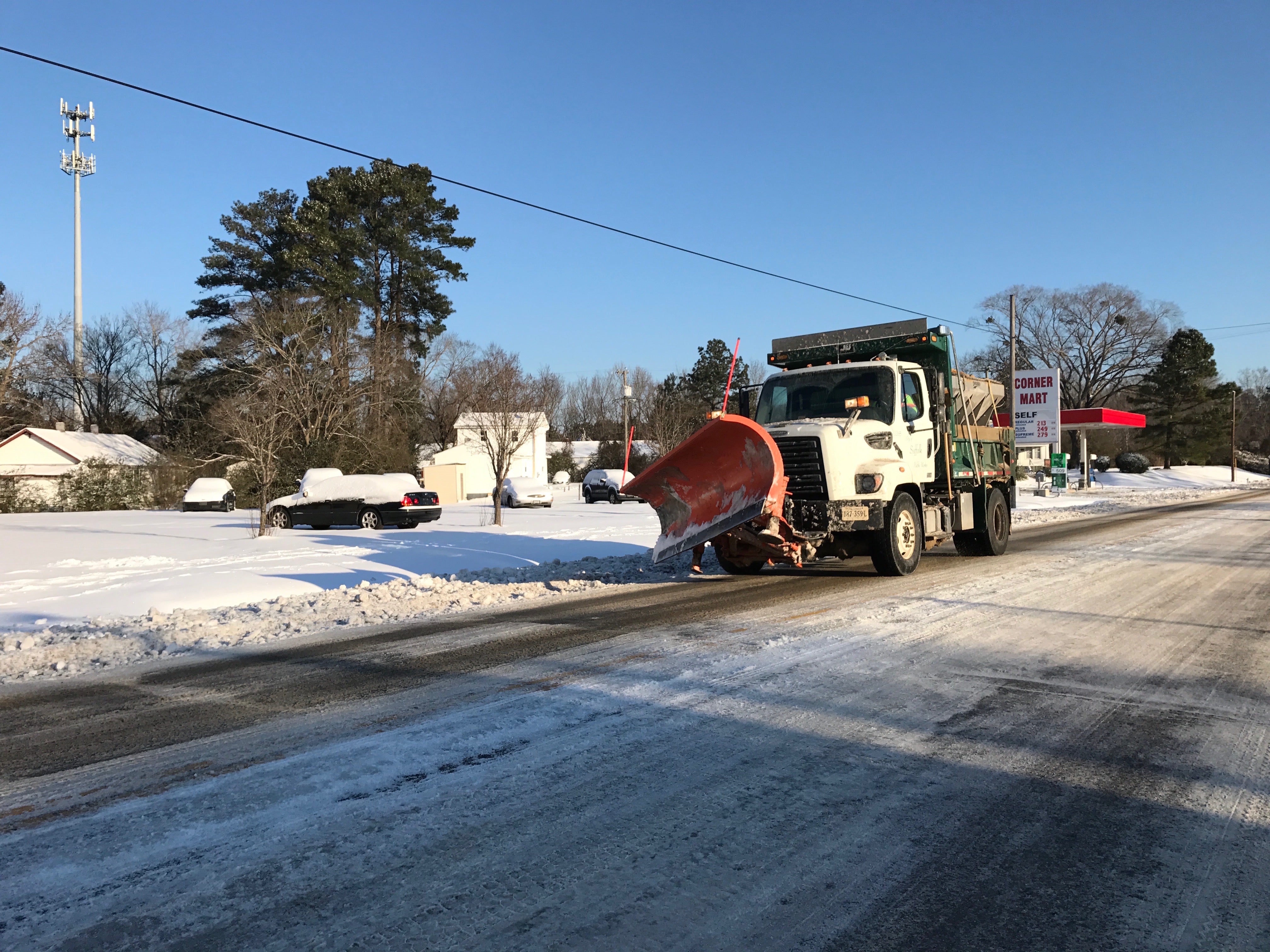Arsenic found at old Obici site
Published 12:00 am Saturday, June 19, 2004
Suffolk News-Herald
The 22-acre site of the old Obici Hospital at 1900 North Main St. is still up for sale after elevated levels of arsenic were discovered on the grounds during a Phase II environmental study of the property earlier this year.
William C. Giermak, president and chief executive officer of Obici Health System, said Friday that insulation on piping was found to contain the arsenic.
&uot;We didn’t have any knowledge of the problem until the Phase II study was done,&uot; said Giermak. &uot;The property is still for sale and there is no contract on the property. We’re doing everything in accordance with advice from engineers and we believe it will be in compliance with what the Department of Environmental Quality requires. At the end of the day, we’ll have a real fine piece of property for sale.&uot;
Giermak said the cleanup has commenced on the site and should be completed by mid-July.
After a year with a &uot;for sale&uot; sign in front of the hospital site, Beach Ford in Virginia Beach, which also owns Barton Ford/Lincoln-Mercury in Suffolk, located on North Main Street near the hospital property, put a contract on the site. Tom Barton, president of Beach Ford, could not be reached Friday for comment on their backing away from the deal.
Now, the City of Suffolk may be interested in the site, according to Dennis Kraff, communications director for the City of Suffolk. He said they are aware that the Barton deal fell through.
The price for the site was previously set at $4.5 million, which included the demolition costs of the old 343,403-square-foot main building of the hospital. That was before the arsenic was discovered; however.
Milton Johnston, Waste Compliance Manager for the Virginia Department of Environmental Quality, said Friday that the arsenic was found in the &uot;Gilsonthern&uot; insulation that wrapped the chill lines, the heating lines, and the hot water and air conditioning lines.
He added that old steam piping on the site was also covered with the insulation, which according to Johnston, appears to have been a petroleum product rather than an asbestos containing product.
&uot;Arsenic is toxic to humans, birds, and fish in excessive levels,&uot; said Johnston. &uot;If you ingest enough it could kill you, but the amounts were talking here – it’s not that high, just elevated above the natural background areas. It’s common in our soil here and elevated levels are common. They are higher here than in other areas.&uot;
Johnston said the arsenic problem was brought to the attention of the DEQ May 27, during the Phase II study of the site.
&uot;We would never have found this issue even during a normal inspection, especially on a site that has been torn down,&uot; said Johnston. &uot;They (Obici) were looking for information on their liability to remove it from the site. They’ve reported and now they’re putting a work plan together for what they are going to do. I met with them June 2 and another meeting scheduled after work is done.&uot;
Johnston added that once the work is completed, the DEQ will do a visual inspection of site and look at their data. They will also examine confirmation samples and confirm in a letter to hospital officials that the material has been removed and no further action is required.
The DEQ manger also noted that the hospital’s only potential liability in the cleanup of the Obici site would be to the Environmental Protection Agency and the Superfund program.
&uot;It’s such a small amount that I can’t even imagine that the Superfund would even be interested in the site,&uot; Johnson added.
Gilsonthern – the insulation – is not considered a waste, and according to Johnston, the hospital officials want a clean bill of health and they have proposed to remove the piping and the contaminated soil. He added that at the time when the hospital was built, back in the 1950s, Gilsonthern and Gilsonate insulation were common insulation materials.
Johnston also pointed out that at this point, the arsenic is localized directly around the pipes.
&uot;We don’t see any risk to any offsite receptors or wells or anything like that,&uot; he said. &uot;It’s very localized around the pipes.&uot;



